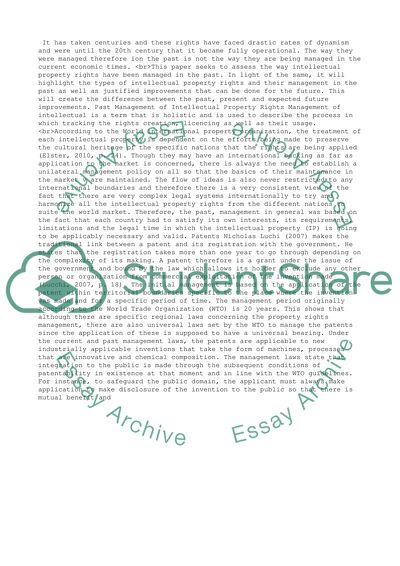Cite this document
(“Past management of intellectual property rights Essay”, n.d.)
Past management of intellectual property rights Essay. Retrieved from https://studentshare.org/management/1470952-past-management-of-intellectual-property-rights
Past management of intellectual property rights Essay. Retrieved from https://studentshare.org/management/1470952-past-management-of-intellectual-property-rights
(Past Management of Intellectual Property Rights Essay)
Past Management of Intellectual Property Rights Essay. https://studentshare.org/management/1470952-past-management-of-intellectual-property-rights.
Past Management of Intellectual Property Rights Essay. https://studentshare.org/management/1470952-past-management-of-intellectual-property-rights.
“Past Management of Intellectual Property Rights Essay”, n.d. https://studentshare.org/management/1470952-past-management-of-intellectual-property-rights.


